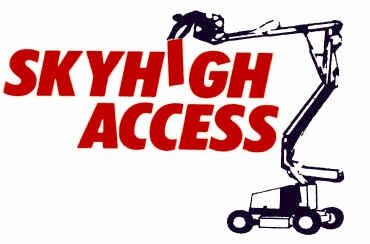It is very vital for the workers to enrol in training before working at heights. It is especially required for those workers that are working in the construction and mining industries for various reasons like liability, insurance and safety. Current regulations have implemented some rules and measures for working at heights to include rescue procedures just in case there is an accident.
There are many training courses like PASMA (Prefabricated Access Suppliers’ and Manufacturers’ Association), IPAF training program and courses on harness use and inspection, loading and unloading and access training are a must for those who want to expand their skills and expertise in various industries.

Below written are a few training courses for workers before they start working at heights:
Fall Arrest Equipments
Fall arrest equipment is mainly used in all kinds of working at heights training, especially in cherry picker training to provide fall restraint to prevent a worker from falling from a great height. A full body safety harness is used to prevent fall from heights. This equipment is worn on the top of the clothing and then tethered to a suitable anchor point using a lanyard and a connector such as a karabiner. Lanyard correcting training is also available for those workers to help them to understand and properly use this equipment.
Haul Rescue and Descent Programmes
Apart from general and other construction safety measures, haul rescue, winch, low height and descent programmes for raising and lowering casualties. These are very different from height training programme and should be an integral part of any work at height training session. A pre-rigged rescue kit is also given to certified workers which include a haul system and allows the victim to be released and a descent system which allow the victim to be lowered, in case of an accident.
Risk Assessment Processes and Methods
Employees like the technicians, utility workers and linemen are more prone to these kinds of hazards than other workers in industries that require working at heights. Risk assessment and method statements are prepared and submitted by workers before any planned work begins on site. As fatal accidents result in a lot of damage to families and financial loss to business, the participants in this program are trained to be aware of fall dangers and strict compliance with safety regulations and precautions as conditions of employment.
